Libya
Welcome to Libya
Libya’s geography is dominated by the Sahara Desert, which covers about 90% of its territory, while most of its population of around 6 million people lives along the Mediterranean coast. The capital city, Tripoli, is a vibrant hub with Ottoman-era architecture, bustling souks, and a charming coastline. Libya’s history is rich and complex, with influences from Phoenician, Greek, Roman, Byzantine, and Ottoman empires, all leaving behind magnificent ruins such as Leptis Magna, Sabratha, and Cyrene—UNESCO World Heritage Sites that are among the best-preserved in the world. The population is primarily Arab, with a significant Berber minority, especially in remote areas. Libyans are known for their legendary hospitality, often inviting visitors into their homes and sharing their culture generously. The country’s cuisine, markets, and traditional crafts reflect a blend of Mediterranean and desert influences, making every visit a sensory journey.
1.
Unparalleled Archaeological Wonders
Libya boasts some of the most stunning and least crowded ancient ruins on the planet. Sites like Leptis Magna and Sabratha offer a glimpse into the grandeur of the Roman Empire, with vast amphitheaters, temples, and mosaics largely untouched by mass tourism. These archaeological gems provide a rare opportunity to explore history in a setting where you can often have the sites to yourself.
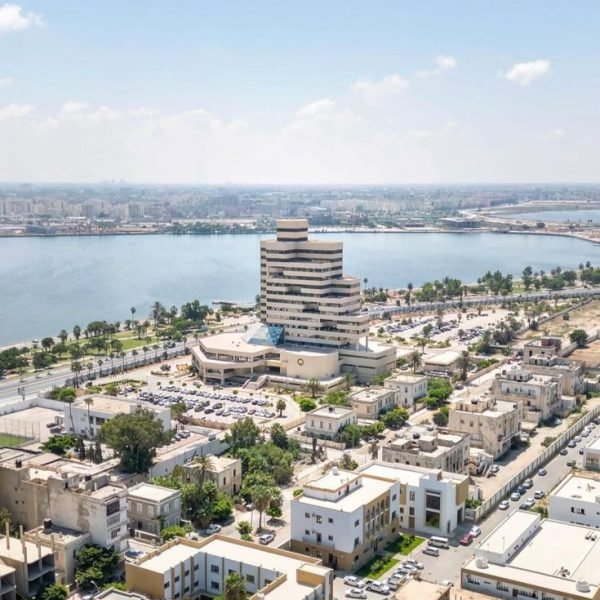
2.
The Authentic Sahara Experience
For those drawn to desert landscapes, Libya’s Sahara region is a dream come true. Towns like Ghadames and Ghat offer an authentic glimpse into desert life, with ancient Berber architecture, shimmering oases, and dramatic sand dunes. Unlike the more commercialized desert experiences in neighboring countries, Libya’s Sahara remains pristine and largely undiscovered, perfect for travelers seeking solitude and natural beauty.
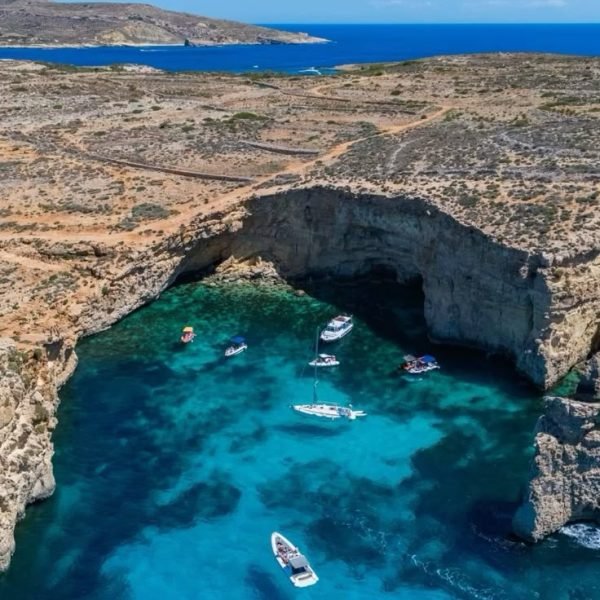
Planning Your Trip
Visa Information
Travel to Libya in 2025 generally requires joining an organized tour, as independent travel is limited due to security concerns and the country’s current political situation. Tourist visas are typically arranged through tour operators who coordinate with Libyan authorities. It is important to check the latest visa requirements well in advance, as policies can change and tourist visas are not always readily issued. Due to ongoing instability, many governments advise caution or restrict travel to Libya, so securing a reputable tour company is essential for a safe visit.
Best Time to Visit
The ideal time to visit Libya is during the cooler months, from October to April. During this period, temperatures are milder, making it comfortable to explore both the coastal cities and the desert regions. Summers can be extremely hot, especially in the Sahara, with temperatures soaring above 40°C (104°F), which can be challenging for sightseeing.
Getting To and Around
Getting to Libya
The primary entry point is Tripoli International Airport, which connects Libya to several regional hubs. Due to the limited number of flights and security considerations, most travelers arrive as part of organized tours. Overland travel into Libya from neighboring countries is possible but generally not recommended for tourists due to border and safety issues.
Getting Around
Libya’s infrastructure has been heavily impacted by years of conflict, and public transportation options are minimal. The most reliable way to travel within Libya is by car, usually arranged through your tour operator. Driving independently is not advised due to security and logistical challenges. Tours typically include transportation between major sites, ensuring a smoother and safer experience.
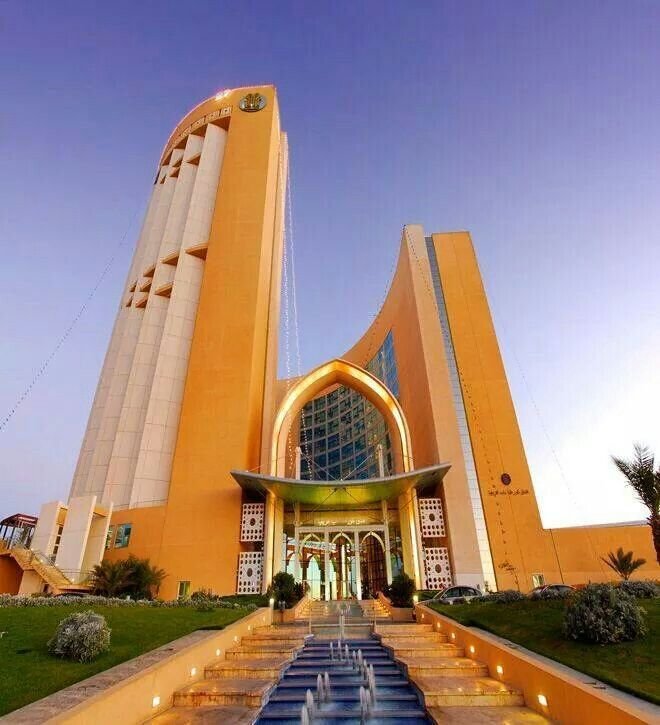
Accommodation
Libya offers a range of accommodation options that cater to different tastes and budgets, though the hospitality infrastructure is still developing due to the country’s recent history. Most international-standard hotels are concentrated in major cities like Tripoli and Benghazi, while smaller towns and desert regions offer more basic lodging, often arranged through tour operators.
Accommodation Options
In Tripoli, the capital, travelers can find some of the best hotels in the country. The Corinthia Tripoli stands out as the premier five-star hotel, known for its spacious, comfortable rooms and courteous staff. It is well situated in the business district yet close to the historic old town, making it ideal for both business and leisure travelers. The hotel offers modern amenities and quality dining options, ensuring a pleasant stay. Another notable option is the Radisson Blu Al Mahary Hotel, which, despite some reports of a lively and sometimes chaotic atmosphere due to military presence, provides a good vibe and breakfast included, making it a popular choice among visitors.
For those seeking mid-range accommodations, the Victoria Hotel in Tripoli offers clean and reasonably well-equipped rooms with helpful English-speaking staff. While not luxurious, it provides reliable comfort with amenities such as hot water and convenient power outlets.
Budget travelers will find several affordable hotels and guesthouses, particularly in Tripoli and Ghat. Options like Hotel Villa VIK and An-Naher Hotel provide basic but comfortable stays with easy access to local attractions. Many budget accommodations include self-catering facilities or are near affordable dining venues, allowing visitors to manage their expenses while enjoying authentic local experiences.
Vacation rentals and apartments are also available, especially in urban centers. These range from modern two-bedroom apartments in Benghazi to villas with pools in Misrata. Rentals often come with kitchens, air conditioning, and Wi-Fi, offering a home-like atmosphere for longer stays or family trips.
Outside the cities, accommodations tend to be simpler. In desert towns such as Ghadames and Ghat, lodging is often traditional guesthouses or small hotels, providing basic comfort and a chance to experience local hospitality firsthand. Due to limited infrastructure, it is advisable to arrange accommodations through reputable tour operators when traveling to remote areas.
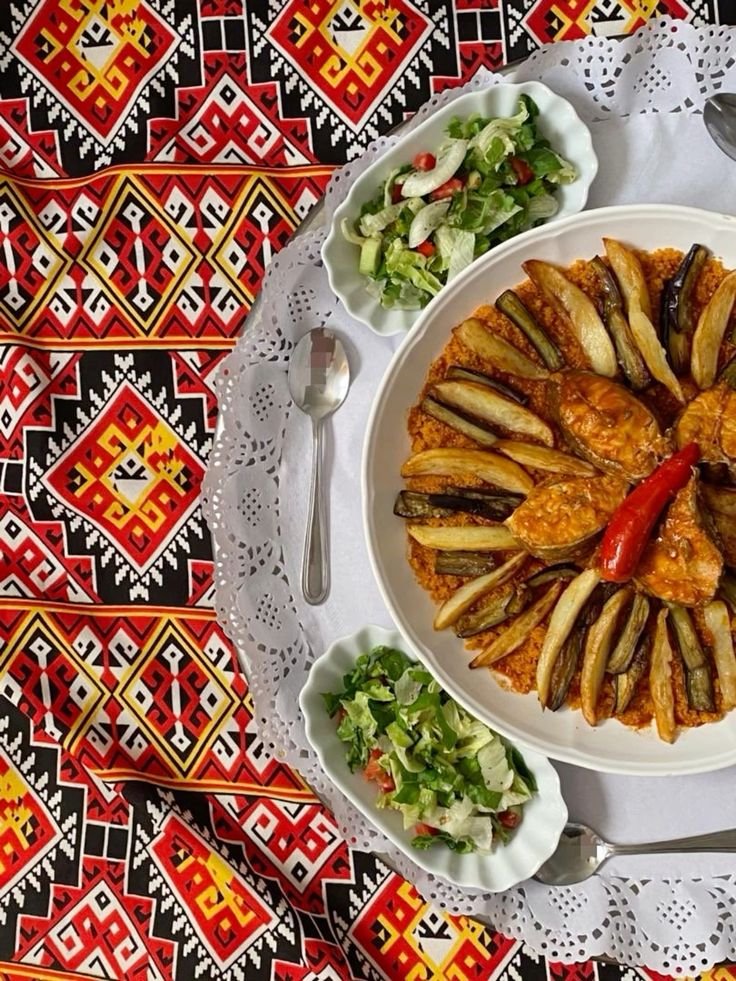
Food and Drink
Libyan cuisine is a flavorful reflection of its Mediterranean and North African heritage, combining Arab, Berber, and Italian influences. Food is an integral part of Libyan culture, with meals often being social occasions that emphasize hospitality.
Staple ingredients include lamb, chicken, fish, couscous, barley, olive oil, and a variety of fresh vegetables and spices. Common dishes are hearty and satisfying, designed to nourish travelers and locals alike.
One of the most popular traditional dishes is Bazeen, a dense dough made from barley or wheat flour, cooked and served with a rich meat and tomato sauce, often accompanied by boiled eggs and vegetables. Another favorite is Couscous, usually steamed and served with meat stew or vegetables, reflecting the broader Maghreb culinary tradition.
Seafood is abundant along Libya’s Mediterranean coast, with grilled fish and calamari commonly featured on menus in coastal cities like Tripoli and Benghazi. Street food is also popular, with vendors offering snacks such as Sambousek (savory pastries filled with meat or cheese) and Shorba (a spiced soup).
Libyan bread, often freshly baked in traditional clay ovens, is a staple at every meal and is used to scoop up stews and dips. Olive oil and spices such as cumin, coriander, and chili pepper add depth to many dishes.
For beverages, tea is the most common drink, usually served strong and sweet with fresh mint, symbolizing hospitality. Coffee is also widely consumed, often prepared in the Arabic style with cardamom. Alcohol is generally not widely available due to religious and cultural norms, and visitors should be respectful of local customs regarding drinking.
Dining out in Libya ranges from casual eateries and street stalls to hotel restaurants offering international and local cuisine. While the culinary scene is not as developed as in some neighboring countries, the quality and authenticity of the food provide a rewarding experience for those eager to explore Libyan flavors.
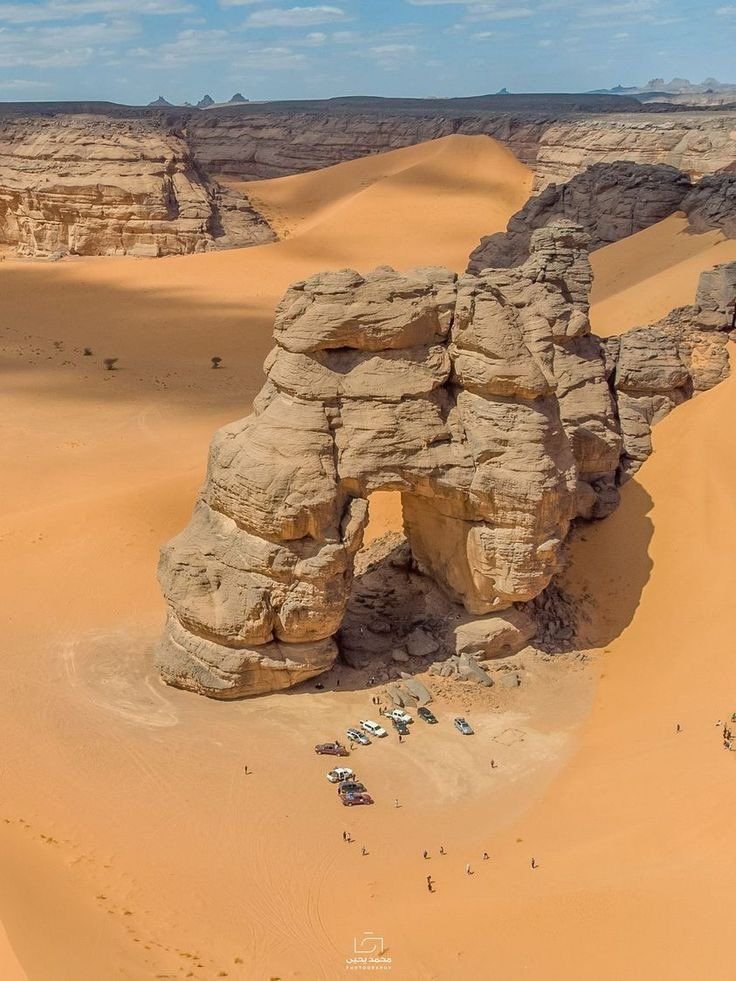
Must-See Attractions
Libya is a treasure trove of history and culture, boasting some of the most remarkable archaeological sites and natural wonders in North Africa. Its UNESCO World Heritage Sites are essential stops for any traveler eager to explore the country’s rich past and diverse landscapes.
- Leptis Magna
Arguably Libya’s most spectacular Roman ruin, Leptis Magna was once a thriving Phoenician settlement that blossomed under Roman rule, especially during the reign of Emperor Septimius Severus, who was born here. The site features an impressively preserved Roman theater, basilicas, marketplaces, triumphal arches, and a magnificent harbor. Walking through Leptis Magna feels like stepping back into a grand ancient city, with its intricate mosaics and monumental architecture telling stories of a bygone era. It is one of the best examples of Roman urban planning and architecture anywhere in the Mediterranean. - Sabratha
Another ancient Roman city on the Mediterranean coast, Sabratha was a bustling Phoenician trading post before becoming part of the Roman Empire. Its ruins include a stunning theater with three tiers of columns, temples, and baths. The site’s seaside location adds to its allure, with views over the turquoise waters enhancing the experience. Sabratha’s well-preserved mosaics and public buildings make it a must-see for history enthusiasts. - Cyrene
Located in the lush region of Jabal al Akhdar, Cyrene was founded by Greek colonists in the 7th century BCE and later became a prominent city in the Roman Empire. The archaeological site includes Greek temples, a large forum, Roman baths, and a theater. The Temple of Zeus, one of the largest Greek temples ever built, is a highlight. Cyrene’s blend of Greek and Roman influences offers a fascinating glimpse into ancient Mediterranean civilization. - Old Town of Ghadamès
Known as the “Pearl of the Desert,” Ghadamès is an oasis town in the Sahara with a unique architectural style adapted to the harsh desert climate. Its multi-story houses, narrow alleys, and rooftop terraces are designed for privacy and cooling, reflecting centuries of Berber ingenuity. The town’s cultural heritage and traditional way of life remain largely intact, offering a rare opportunity to experience authentic Saharan culture.
Rock-Art Sites of Tadrart Acacus
Situated in the Acacus Mountains near Ghat, this site features thousands of prehistoric rock paintings and engravings dating from 12,000 BCE to 100 CE. The artwork depicts a changing environment and lifestyle, from savanna animals like elephants and giraffes to cattle herding and desert camels. These vivid images provide invaluable insights into human history and the Sahara’s climatic evolution.
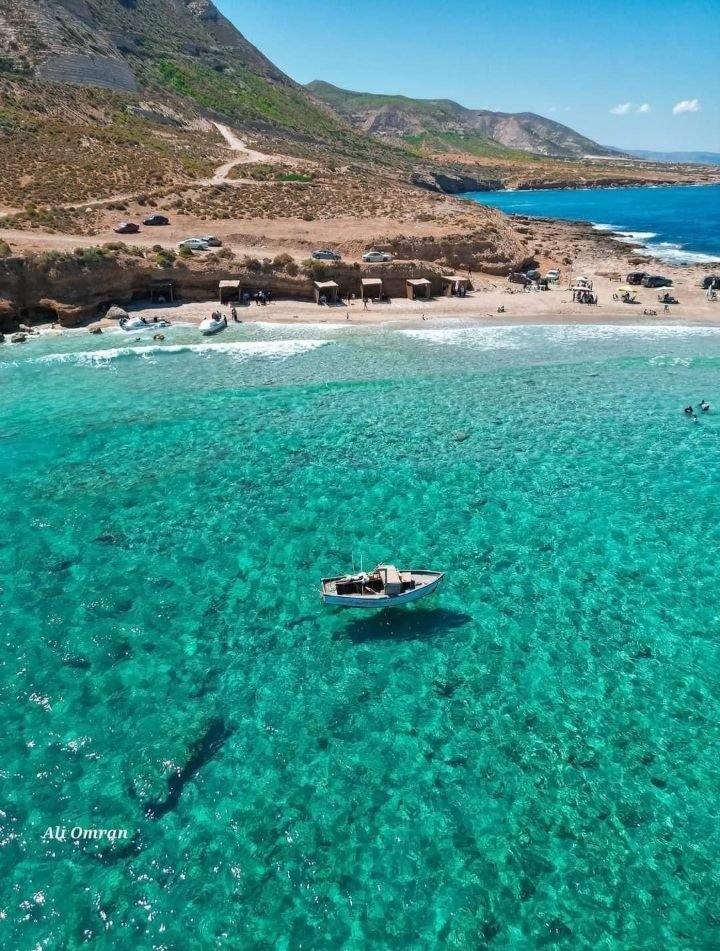
Must-Do Activities
Exploring Libya is about more than just sightseeing; it’s about immersing yourself in the country’s vibrant culture, dramatic landscapes, and ancient heritage. Here are some activities to enrich your visit:
- Explore Ancient Ruins with a Guide
Visiting sites like Leptis Magna, Sabratha, and Cyrene is best done with knowledgeable guides who can bring the ruins to life with stories of their history, architecture, and the civilizations that built them. Guided tours often include access to less-visited parts of the sites, enhancing your understanding and appreciation. - Desert Trekking and Camel Riding
The Sahara Desert covers most of Libya’s territory and offers unparalleled opportunities for adventure. Trekking through the dunes, riding camels, or camping under the stars allows you to connect with the vastness and silence of the desert. The area around Ghadamès and the Tadrart Acacus mountains is ideal for these activities, where you can also discover ancient rock art and traditional Berber villages. - Visit Traditional Markets (Souks)
In cities like Tripoli and Benghazi, wandering through the bustling souks is a sensory delight. Here you can shop for local crafts such as carpets, pottery, silver jewelry, and spices while interacting with friendly vendors. The markets provide a glimpse into everyday Libyan life and are perfect for picking up unique souvenirs. - Experience Saharan Oasis Life
Spending time in oasis towns such as Ghadamès or Ghat offers a chance to experience traditional desert life. You can explore palm groves, enjoy local hospitality, and learn about the customs and crafts that have sustained communities in this harsh environment for centuries. - Sample Libyan Cuisine
Engage your palate by trying traditional dishes like Bazeen (a barley dough with meat sauce), couscous, and fresh seafood along the coast. Sharing meals with locals or in family-run restaurants provides cultural insight and a warm connection to Libyan hospitality. - Attend Cultural Festivals and Events
If your visit coincides with local festivals, such as the Ghadamès Date Festival or traditional music and dance events, these are wonderful opportunities to experience Libya’s vibrant cultural expressions firsthand. - Photography and Nature Walks
From the dramatic ruins and desert landscapes to the Mediterranean coastline, Libya offers stunning photographic opportunities. Nature walks in the Jabal al Akhdar region reveal lush greenery and unique flora and fauna, contrasting with the surrounding desert.
Libya’s must-see attractions and activities offer a rich tapestry of experiences, from exploring ancient civilizations to immersing yourself in desert culture. Despite challenges, the country’s historical sites and natural beauty remain compelling reasons to visit and discover this hidden gem of North Africa. Proper planning and guided tours will ensure a safe, insightful, and unforgettable journey through Libya’s past and present.
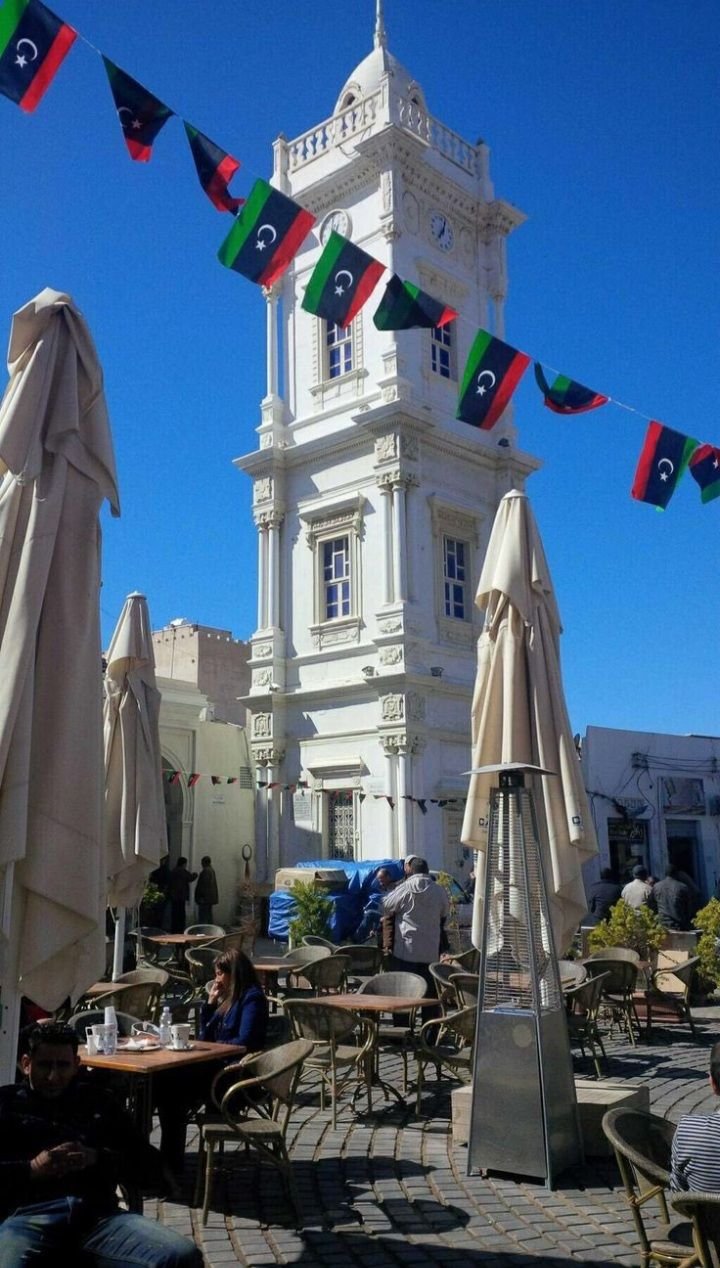
Travel Tips
Traveling to Libya in 2025 offers a unique opportunity to explore a land rich in history, culture, and natural beauty. However, it requires careful preparation and awareness of the local environment to ensure a safe and respectful experience. Here’s a detailed guide on essential travel tips, focusing on safety advice, local customs, and language basics to help you navigate Libya confidently and enjoyably.
Safety Advice
Libya remains a complex destination due to ongoing political instability, security concerns, and regional conflicts. While some areas, particularly major cities like Tripoli and Benghazi, are gradually becoming safer for tourists, others—especially in the south and certain border regions—are still considered high-risk. Here are key safety considerations:
- Stay Informed and Updated
Regularly check travel advisories from your government and trusted sources. Security situations can change rapidly, so staying informed about local developments, curfews, and travel restrictions is crucial. Avoid traveling to southern and eastern Libya, where armed conflict, terrorism, and kidnapping risks are significant. - Use Reputable Tour Operators
Independent travel is generally discouraged due to safety concerns and logistical challenges. Opt for well-established tour companies that provide guided trips, secure transportation, and local expertise. This approach greatly reduces risks and enhances your experience. - Avoid High-Risk Areas
Do not attempt to visit areas known for unrest, such as the south-east or regions near the Tunisian and Algerian borders. Even some coastal highways between cities like Zawiyah and Tripoli may be unsafe due to factional fighting or criminal activity. - Travel in Groups
Whenever possible, travel with companions or as part of a group. Solo travel can increase vulnerability, especially in unfamiliar or volatile environments. - Transportation Safety
Road safety is a concern in Libya. Traffic laws are often ignored, and driving habits can be reckless. Avoid driving at night, use main roads, and always choose trusted transportation options. Public transport is limited and taxis may not always be reliable or safe. Confirm fares in advance and avoid sharing taxis with strangers. - Health Precautions
Medical facilities outside major cities are limited. Carry a well-stocked first aid kit, necessary medications, and comprehensive travel insurance that covers medical evacuation. Stay hydrated and protect yourself from extreme heat, especially if traveling in desert areas. - Landmines and Unexploded Ordnance
Despite ongoing demining efforts, unexploded landmines remain a danger in many rural and border areas. Stay strictly on marked roads and avoid walking in fields, roadside ditches, or unmarked paths. - Emergency Preparedness
Keep copies of important documents like your passport and visa separate from the originals. Know the locations and contact details of your country’s embassy or consulate. Maintain regular communication with family or trusted contacts.
Local Customs
Understanding and respecting Libyan customs will enrich your visit and help you build positive relationships with locals.
- Dress Modestly
Libya is a predominantly Muslim country with conservative social norms. Both men and women should dress modestly—covering shoulders and knees at a minimum. Women may consider wearing loose-fitting clothing and a headscarf, especially when visiting rural areas or religious sites. - Respect Religious Practices
Islam plays a central role in daily life. Avoid eating, drinking, or smoking in public during daylight hours in Ramadan. Be mindful of prayer times and avoid loud behavior near mosques. - Social Etiquette
Libyans are known for their hospitality and generosity. It is customary to greet people with a handshake or, among close acquaintances, a cheek kiss. When invited to a home, it is polite to bring a small gift such as sweets or dates. Remove your shoes before entering someone’s home. - Conversations and Topics
Avoid discussing politics, religion, or tribal issues, as these can be sensitive subjects. Instead, focus on cultural topics, history, or Libya’s natural beauty. Showing genuine interest and respect will be appreciated. - Photography
Always ask permission before photographing people, especially women. Avoid taking pictures of military, government buildings, or infrastructure, as this is often prohibited and can cause suspicion. - Gender Interactions
Gender roles are traditionally defined. Public displays of affection are frowned upon. Women traveling alone may experience more attention or harassment; it is advisable to travel with a companion and be cautious in unfamiliar settings.
Language Basics
Arabic is the official language of Libya, and while many young people and professionals may speak some English or Italian, especially in urban centers, knowledge of a few Arabic phrases will greatly enhance your interactions.
- Greetings
- As-salamu alaykum (Peace be upon you) — a common greeting; reply with Wa alaykum as-salam (And peace be upon you).
- Sabah al-khayr (Good morning)
- Masa’ al-khayr (Good evening)
- Polite Expressions
- Shukran (Thank you)
- Afwan (You’re welcome / excuse me)
- Min fadlak (Please, when speaking to a male) / Min fadlik (Please, when speaking to a female)
- Naam (Yes) / La (No)
- Basic Questions
- Kam athaman? (How much does it cost?)
- Ayna al-hammam? (Where is the bathroom?)
- Hal tatakallam al-ingliziya? (Do you speak English?)
Learning these simple phrases shows respect and often opens doors to warmer hospitality. Libyans appreciate when visitors make an effort to communicate in their language.
Final Tips for a Smooth Journey
Traveling to Libya in 2025 can be a deeply rewarding experience for those who prepare carefully and respect the local context. Prioritize your safety by staying informed, avoiding risky areas, and traveling with reputable guides. Embrace Libyan customs by dressing modestly, respecting religious practices, and engaging politely with locals. Learning basic Arabic phrases will enhance your interactions and enrich your journey.
By combining vigilance with cultural sensitivity, you can discover Libya’s extraordinary historical sites, stunning landscapes, and warm-hearted people in a way that is both safe and meaningful.

